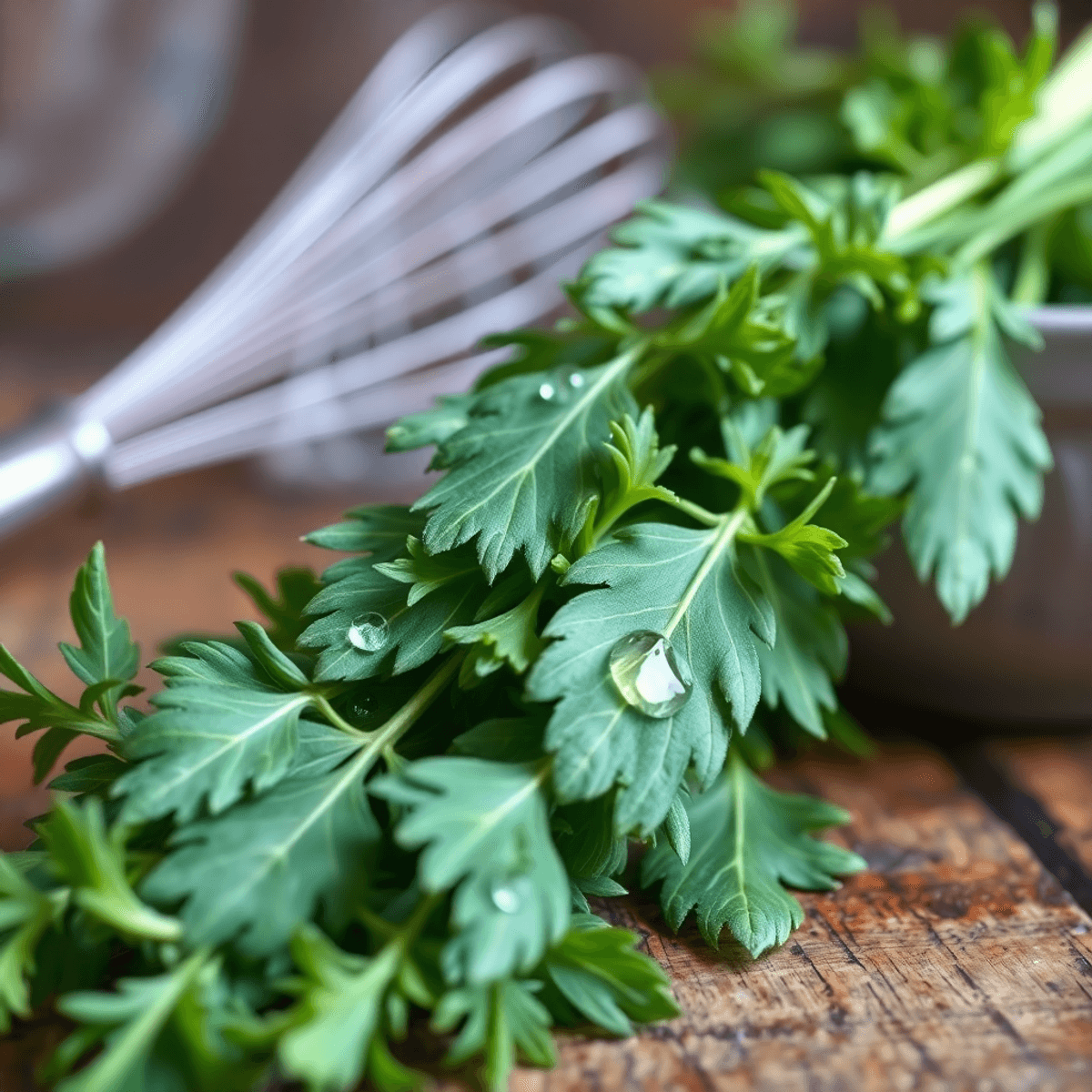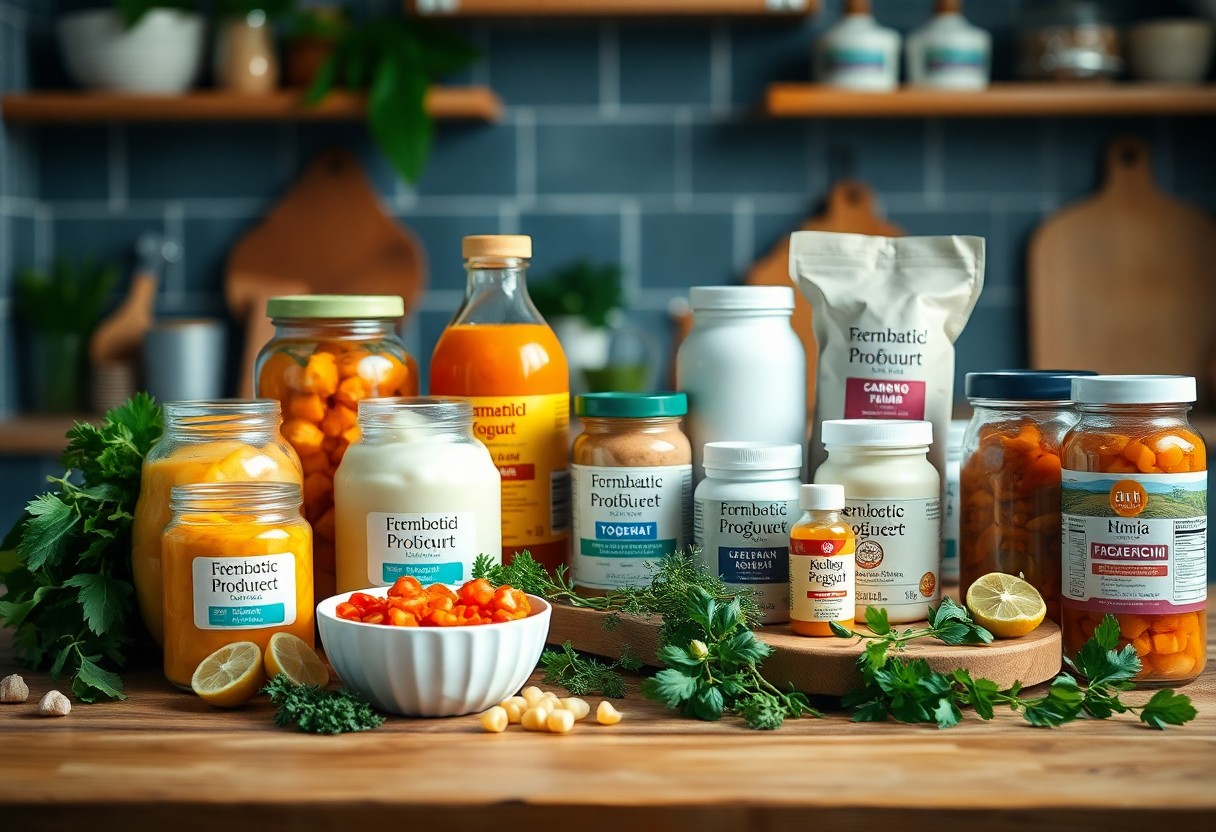Introduction
French tarragon, scientifically known as Artemisia dracunculus var. sativa, is a highly prized herb in the culinary world, especially in French cuisine. Its delicate anise-like flavor adds subtle depth to dishes without overpowering the taste buds. This perennial herb has been valued since ancient times, not only for its distinct flavor but also for its medicinal properties.
Versatility is the defining characteristic of French tarragon, making it a must-have ingredient in many kitchens. From enhancing classic sauces to giving a fresh twist to contemporary salads, the uses of French tarragon are practically endless. It shines in iconic culinary applications such as Béarnaise sauce, where its flavor harmonizes beautifully with the richness of butter and egg yolks. In salads, it brings a refreshing kick that complements vinaigrettes and citrus-based dressings.
Adding French tarragon to your cooking can elevate ordinary meals into gourmet experiences. Whether you’re boosting the flavors of roasted chicken or creating vibrant salad dressings, this herb offers countless opportunities for creativity in the kitchen. By discovering the various ways tarragon can be used in cooking, you can uncover new layers of flavor in everyday dishes.
The Flavorful World of French Tarragon
French tarragon has a one-of-a-kind flavor that makes it stand out in cooking. Its subtle anise flavor is both unique and gentle, providing a delicate taste that enhances dishes without overpowering them. This herb’s complex aroma and flavor make it a great choice for improving both simple and fancy recipes.
Flavor Profile of French Tarragon
1. Anise-like Notes
The slight licorice undertone of French tarragon provides a refreshing twist, often compared to fennel or star anise.
2. Delicate Taste
The herb imparts a soft yet noticeable essence that complements rather than dominates. This makes it ideal for dishes where balance is key.
Whether used fresh in salads or added to intricate sauces, French tarragon elevates ordinary meals to extraordinary ones. Its ability to bring out flavors while keeping everything balanced is loved by chefs and home cooks alike, showcasing this herb’s amazing versatility in cooking.
Classic Dishes That Celebrate French Tarragon

French tarragon takes center stage in many classic dishes, elevating them with its unique flavor. One particularly renowned creation is the luxurious Béarnaise sauce. This rich, creamy sauce marries the subtle anise-like notes of tarragon with butter, egg yolks, shallots, and vinegar. Often served with steak or eggs, Béarnaise sauce exemplifies the herb’s ability to transform a dish into something extraordinary.
In poultry recipes, succulent roasted chicken with tarragon is a timeless favorite. Infusing the bird with fresh tarragon leaves creates a fragrant, flavorful masterpiece. The herb’s delicate taste complements the savory richness of the chicken, resulting in a meal that’s both comforting and sophisticated.
Fish recipes also benefit from tarragon’s magic touch. Consider lemony herb-infused fish fillets, where this aromatic herb pairs beautifully with citrus to enhance the natural sweetness of the fish. The combination of lemon and tarragon creates a refreshing and vibrant dish that delights the palate.
These dishes highlight French tarragon’s versatility and its capacity to enhance various flavors without overpowering them. Whether you’re an aspiring chef or a home cook, incorporating this enchanting herb into your culinary repertoire can elevate your cooking to new heights.
Versatile Uses for French Tarragon Beyond the Classics
Exploring the use of tarragon in cooking opens a world of creativity that goes far beyond traditional recipes. One standout application is in salad dressings. A tangy tarragon vinaigrette can elevate your greens with its unique flavor. Simply whisk together olive oil, white wine vinegar, Dijon mustard, and chopped French tarragon leaves for a refreshing dressing that pairs well with mixed greens or roasted vegetables.
French tarragon also shines in marinade recipes for grilled meats or vegetables. Combine it with olive oil, lemon juice, garlic, and black pepper to create a marinade that infuses chicken, fish, or even zucchini with a subtle anise undertone that enhances each bite. The herb’s delicate flavor profile complements the smoky char from the grill without overpowering the natural taste of your ingredients
.
Other Ways to Use French Tarragon
Here are some more ideas on how you can use French Tarragon in your cooking:
- Tarragon Butter: Softened butter mixed with chopped tarragon adds a gourmet touch when melted over hot grilled steaks or spread on warm bread.
- Tarragon Infused Vinegar: Steep fresh tarragon leaves in white wine vinegar to craft a flavorful base for dressings and sauces.
The versatility of French tarragon enriches your culinary creations, allowing you to explore fresh flavors while maintaining balance in your dishes.
Health Benefits Hidden in Every Leaf of French Tarragon
The nutritional content of tarragon makes it a valuable addition to your diet. This herb is rich in vitamins and minerals, offering a boost of nutrients with every leaf. Key components include:
- Vitamin A: Essential for eye health and immune function.
- Vitamin C: Known for its role in boosting immunity and skin health.
- Calcium and Iron: Supporting bone strength and red blood cell production.
Beyond its nutritional value, French tarragon offers an array of health benefits. Its antioxidant properties are particularly notable, as they help combat oxidative stress in the body. Antioxidants play a crucial role in protecting cells from damage and may reduce the risk of chronic diseases.
Traditionally, tarragon has been used as a digestive aid. It is believed to stimulate appetite and alleviate symptoms of indigestion. The essential oils present in this herb contribute to these beneficial effects by promoting healthy digestion.
Incorporating French tarragon into your meals not only enhances flavor but also provides these potential health benefits, making it a worthy herb to include in your culinary practices.
Choosing and Caring for Your Own French Tarragon Plants
Cultivating French tarragon at home offers a fresh supply of this versatile herb. Growing Tips: Ensure your plants are in well-drained soil and receive plenty of sunlight. Propagation is best achieved through cuttings or division since French tarragon rarely produces viable seeds.
Harvesting Tips for Tarragon:
- Harvest leaves in the morning when essential oils are most concentrated.
- Use sharp scissors to snip leaves, focusing on new growth to encourage further production.
Storing Fresh Tarragon:
- To keep your herbs vibrant, wrap them in a damp paper towel and place them in a plastic bag in the refrigerator.
- Alternatively, dry the leaves by hanging them upside down in a warm, dark place; store dried leaves in an airtight container away from direct light.
These steps ensure that your French tarragon remains full of flavor, ready to enhance your favorite dishes.
“This page contains affiliate links. If you choose to purchase after clicking a link, I may receive a commission at no extra cost to you.”
Discover more from NatureZen: Balance, Health & Natural Living
Subscribe to get the latest posts sent to your email.











